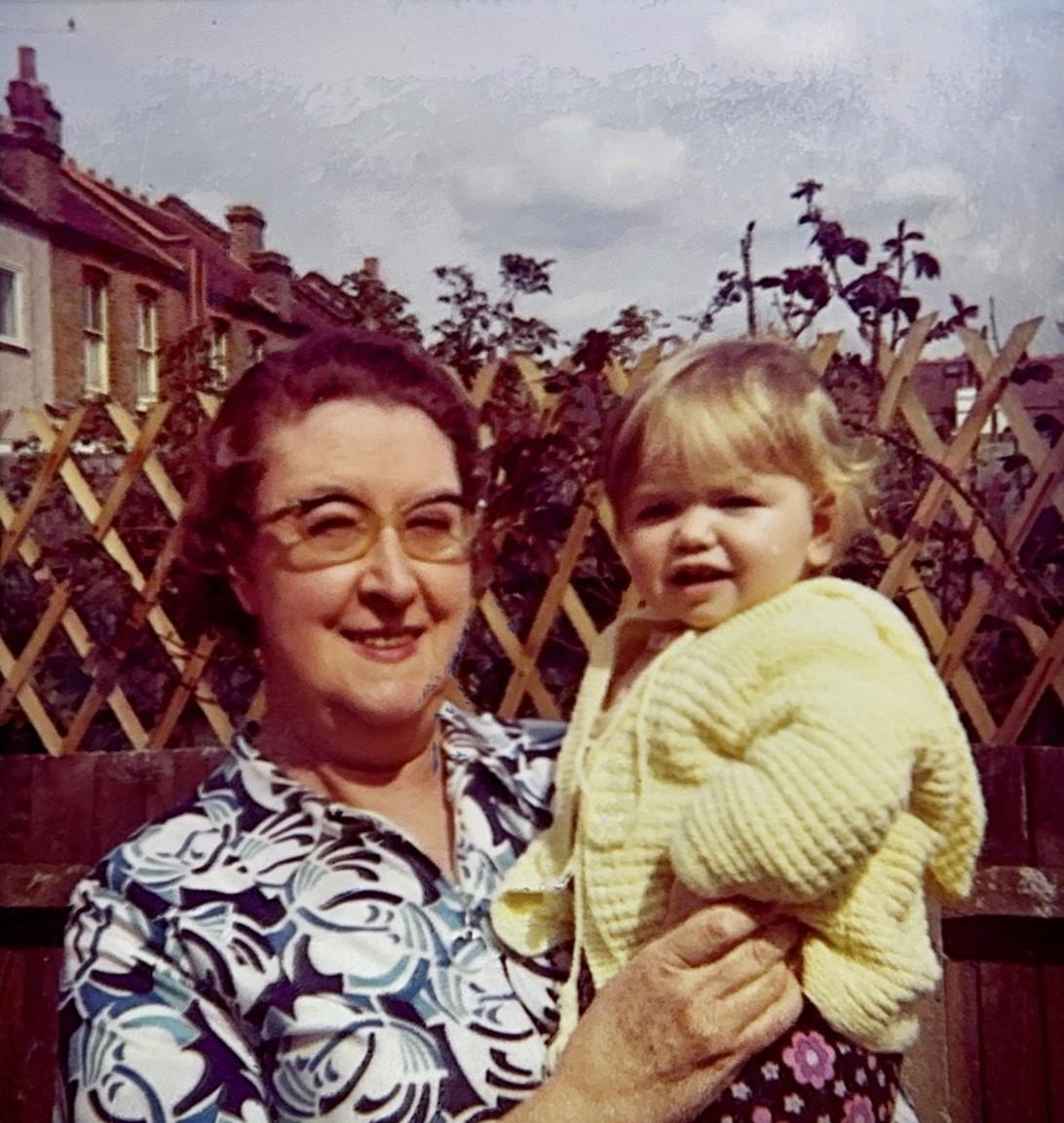Heading
Inspiring Women
For International Women’s Day, we asked our colleagues to share stories of women who inspire them. Thank you to everyone who submitted stories – you can see a selection of them below.
In 2012 at the age of 15, Malala Yousafzai, was shot in the head by the Taliban in Pakistan. The assassination attempt was a response to her stand for the right of girls to gain an education after the Taliban had banned them from attending school. She is now one of the world’s most iconic female change agents and in 2014 became the youngest ever Nobel Peace Prize laureate. Yousafzai leads pioneering change in attitudes towards women, children, inequality, and education in Asian countries. This woman was an adolescent at the time yet found the strength and passion to fight for equity.
Submitted by Alison Green, HR Manager
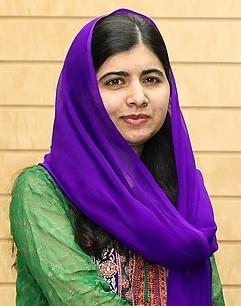
My Mum, Martina Watkins, has always had a very fearless nature and loves nothing more than an adventure and has taught me to fully embrace every opportunity and experience sent my way.
At the age of 32, she volunteered as one of 15 women to sail onboard Canberra to the Falklands where she served officers and gave blood regularly for the soldiers onboard, all whilst under fire from Argentinian fighter jets.
These days she’s no longer sailing off into war but still enjoys a challenge and regular hikes, recently completing the 500-mile Camino de Santiago trek solo across Portugal (at 72!).
Submitted by Jacqueline Batchelor, Sustainability Manager
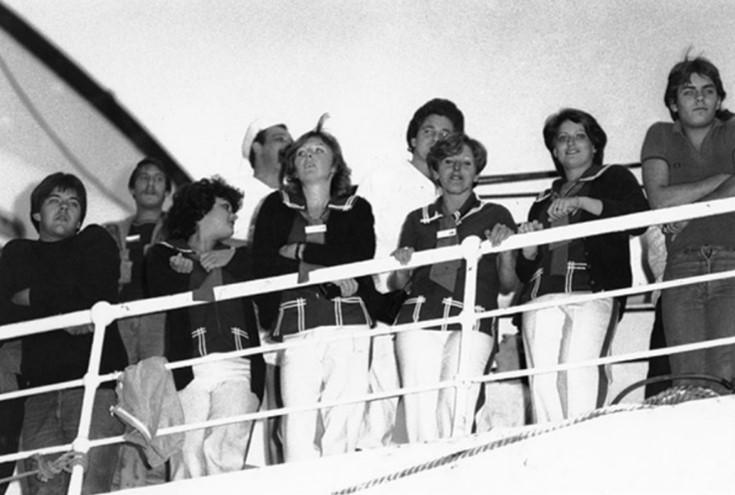
One woman who has inspired me with her determination, tenacity and bravery is Maya Angelou. She is an author and poet from the USA, her autobiography "I know why the caged bird sings" is not a story of sadness. Her use of the metaphor of the caged bird allows you to see and connect to the concept of being trapped and oppressed. Her story is one of courage that she shares. Even a bird who is broken and caged can find a way to sing. In her life she, like the bird sings its abuse, speaks her pain and suffering. Her voice, like the bird singing, is her way of surviving and fighting back.
Submitted by Ian Barker, Imaging Manager
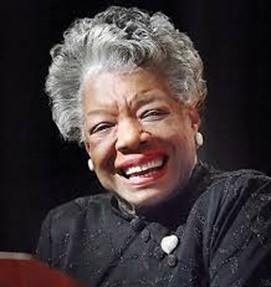
I’m lucky to have had many inspirational role models in my time but my first was my Nan, Constance Briggs – or Connie to her friends.
My Nan was born in 1915 in Hackney, East London. Her father was a groomsman and her mother a homemaker. When she was seven her older brother died of Spanish Flu - just after the first world war. As a teenager she moved with her parents to Brompton Road in South Kensington, West London when they became landlords of the Hour Glass pub and they lived in the rooms above the pub. This was a huge life change as her parents were their late 50s doing something they had never done before.
Nanny left school at 14, which was not unusual for girls at that time, and she worked hard in her parents’ pub preparing, cooking and serving over 100 hot lunches and then being the barmaid in the evenings. It was not uncommon for her to have 14-hour shifts, 7 days a week but is it here she learned her people skills and could talk to anyone, make everyone feel welcome and take care of the community that came and went. As an accomplished pianist, she would be the one playing (by ear) the songs her regulars requested with the whole pub gathered round singing along with her.
Connie’s Dad died suddenly in 1934 and at 19-year-old Connie and her mother were at risk of losing their home, their livelihood, and any chance of income. She fought hard and negotiated with the Charrington Brewery to transfer the license holder from her Dad to her Mum – it was very rare for a woman to run a pub in that era – but she won the battle and they kept their home.
Connie was married at aged 20 to my grandad, Sam – a mechanic who was a regular at the pub – and they had four boys in eight years. She continued working throughout, in an age where women didn’t work after childbirth, with her mum taking care of the boys upstairs whilst my Nan ran the busy pub downstairs– finding time to play the piano at “high society” soiree events. The bombings occasionally interrupted pub service but the blitz spirit meant she was pivotal in her community at keeping everyone going.
As her elderly mother, Charlotte, found it harder to take care of the young children (and the fact that my grandad had to move company sites due to the risk of his factory being bombed) they had to give up the pub and move to Ealing in 1942 where she started working full time in the accounts team of a local Department Store.
She worked hard and found herself being promoted, or changed companies, for more senior roles. She embraced new technology and worked well leading teams of accountants and administrators. She was promoted in 1958 to become the Chief Accountant of a national pharmaceutical company at 43 years old. Not bad for a 14-year-old school leaver, and mum of four under 20, and a full-time carer of her mother (who now had dementia). She did all this alongside volunteering for the local Scouts, organising fundraising events and always making time for her family, friends, neighbours, and anyone who needed her.
I have vivid memories of Nanny being a great planner, a facilitator who made things happen, she was organised and helped so many different people realise they could do more than they thought they could. She would rope people into committees and various activities and events. She got things done and was a tour de force. She was also solution orientated; I remember her working out how the disabled pensioners could be included on her social club day trips and seaside holidays – all before the internet was invented to do any research, and before the Disability Discrimination Act (1995) forced businesses to make provisions.
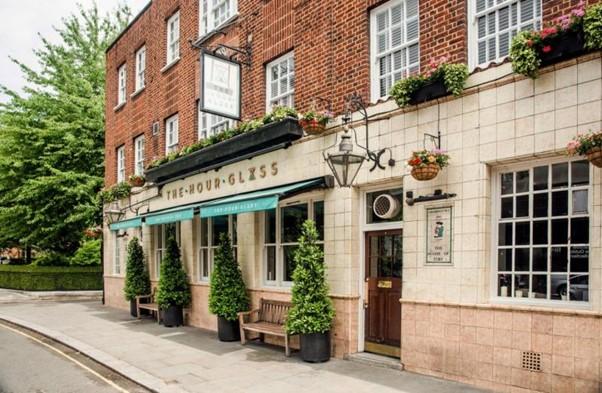
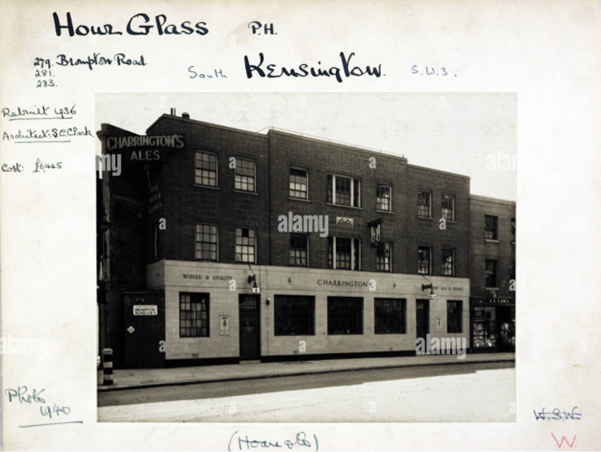
My Nan was the main breadwinner throughout their marriage (despite women typically earning half that of men doing the same job) and ran their house like a well-oiled operation. Her way of ensuring everything got done was to delegate and distribute tasks. My father remembers vividly as a teenager doing all the washing up, the household’s clothes washing and vacuuming their four-story house. All four boys got involved with the preparation and cooking of the family meals and ensuring the rest of the housework was done unlike many of his teenage friends in the 1950’s. Nanny didn’t see why the four brothers should not get involved – even if they were boys!
Nanny continued in her retirement at 60 of organising, planning and facilitating. She did voluntary work, she played the piano for afternoon dance and ballet classes, she organised holidays for the pharmaceutical company pensioners club, she was the club social secretary and was a very successful “Avon Lady” for Ealing and Hammersmith district topping the sales leader board on many occasions and earning ‘Sales Rep of the Year’ award as well as an active grandparent to nine grandchildren.
She didn’t set out to have a career, she left school at 14 which was normal for girls at that time and society never expected her to do more than simply marry a man, have children and care for them. Whether it was social mobility or simply a matter of survival, she used all her skills and gifts to ensure her family had the best of life, and her colleagues, and ultimately
fellow pensioners, felt valued. She was a powerhouse, and I enjoyed listening to all her stories and tales of her life well lived.
This photo of Nanny and I was taken in her garden when I was one and she was 57 – I’m proudly modelling one of her many knitted items she made for me in her spare time ?
Submitted by Kathy Briggs, Senior Account Director | Workplace Solutions
